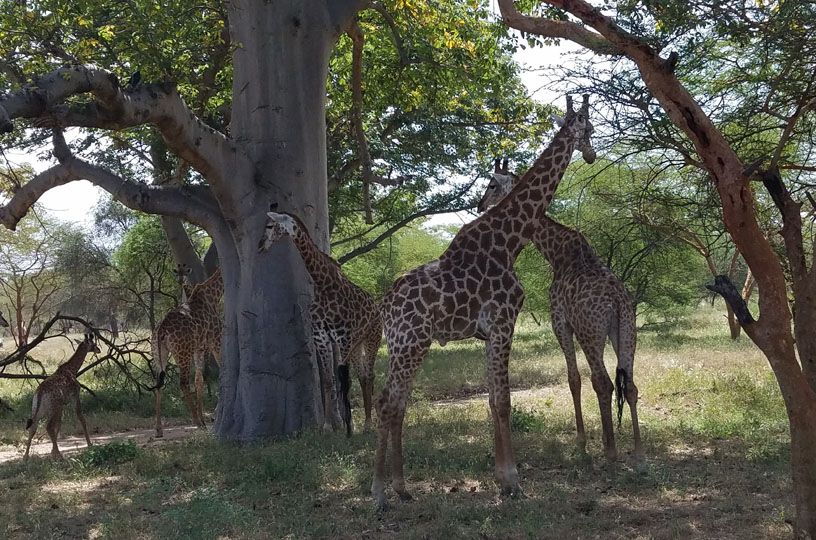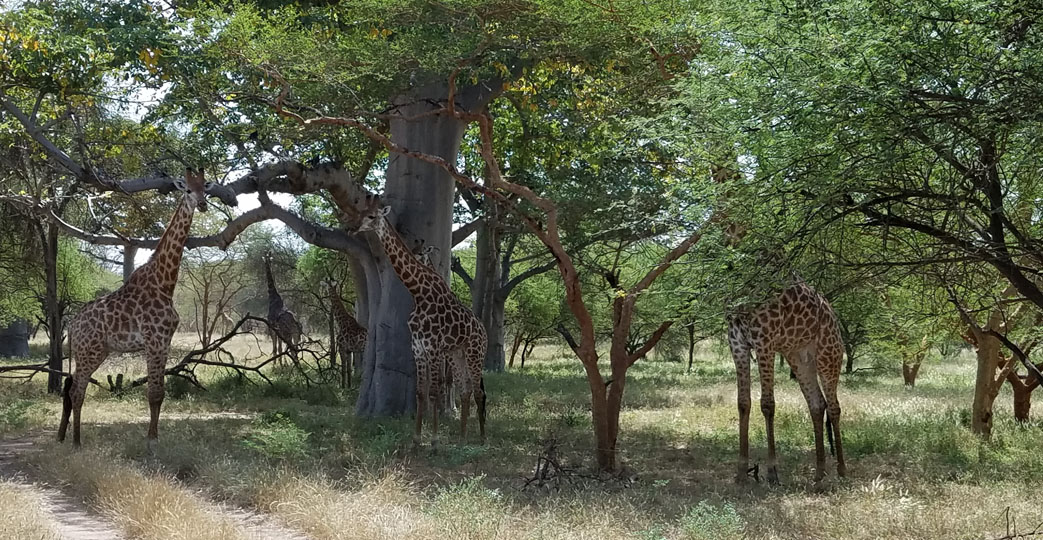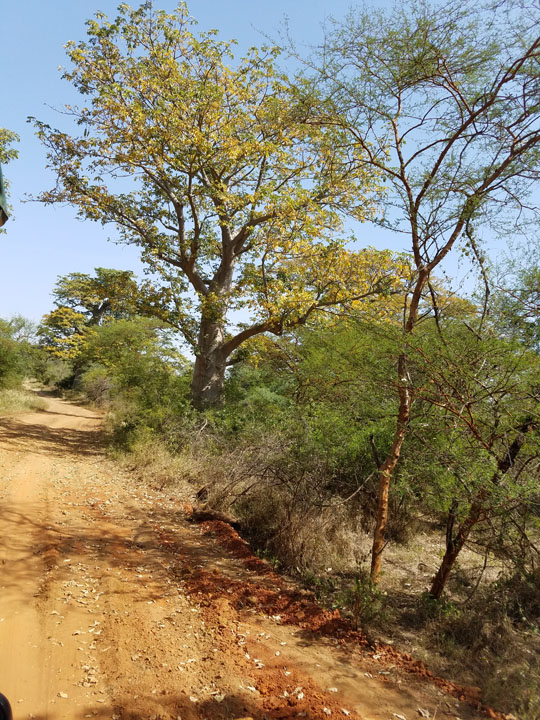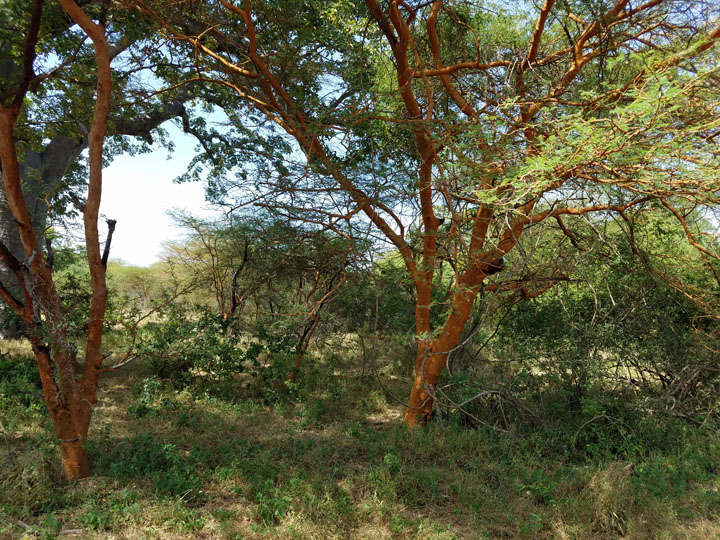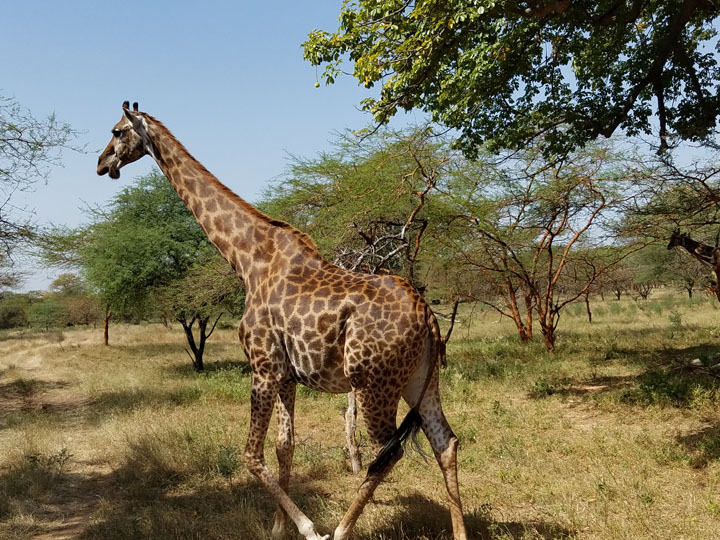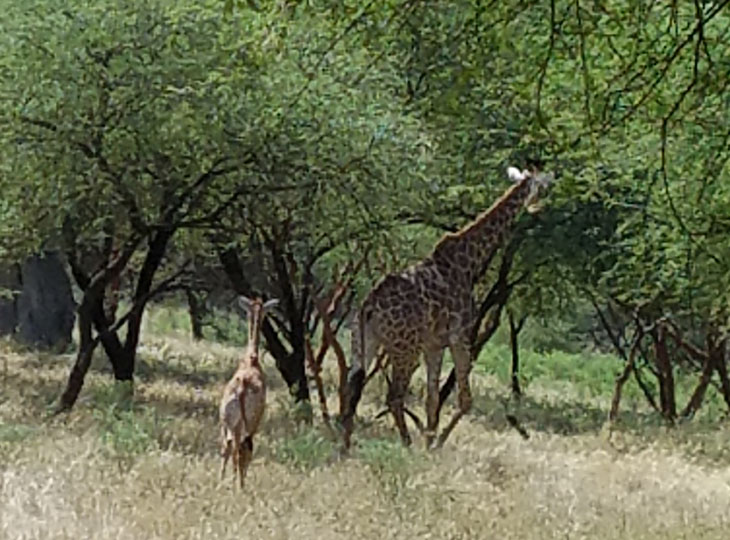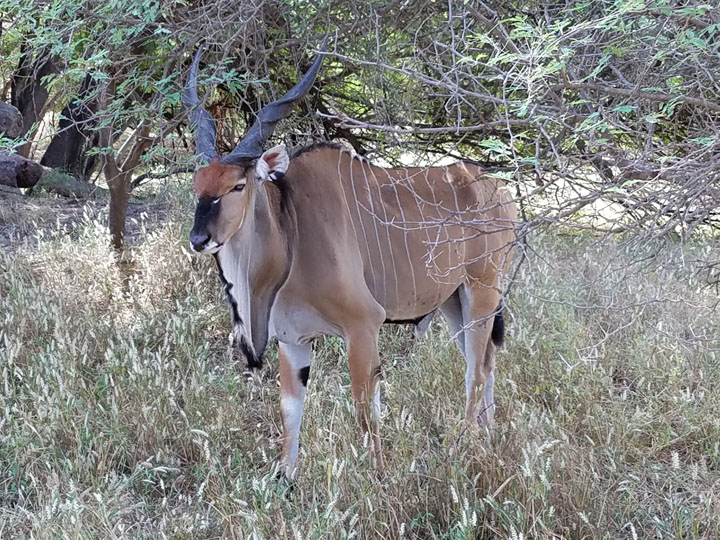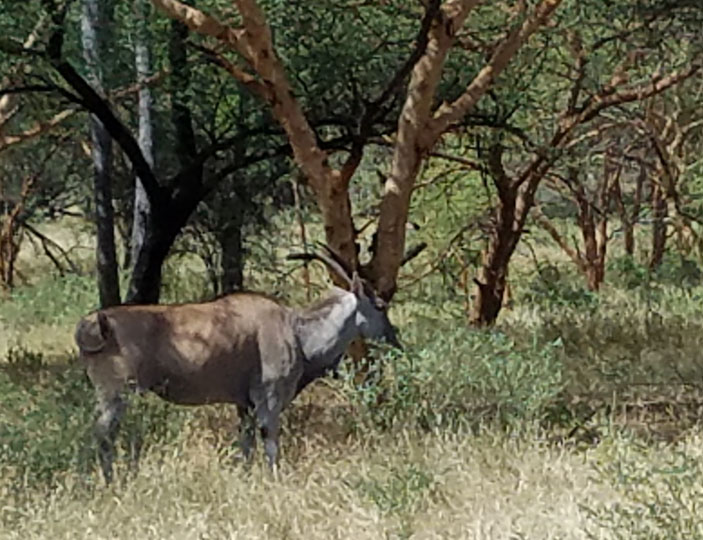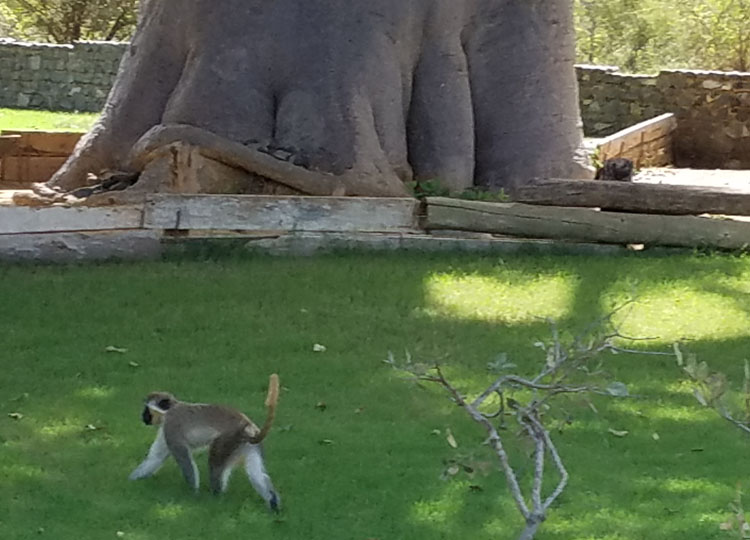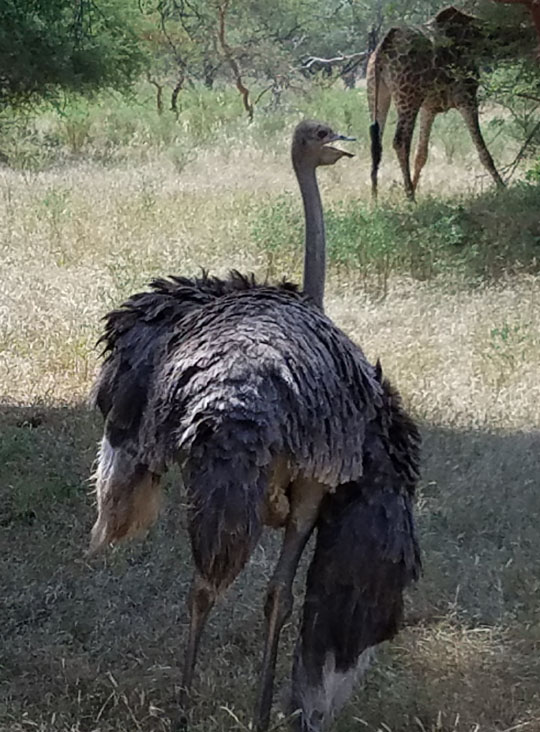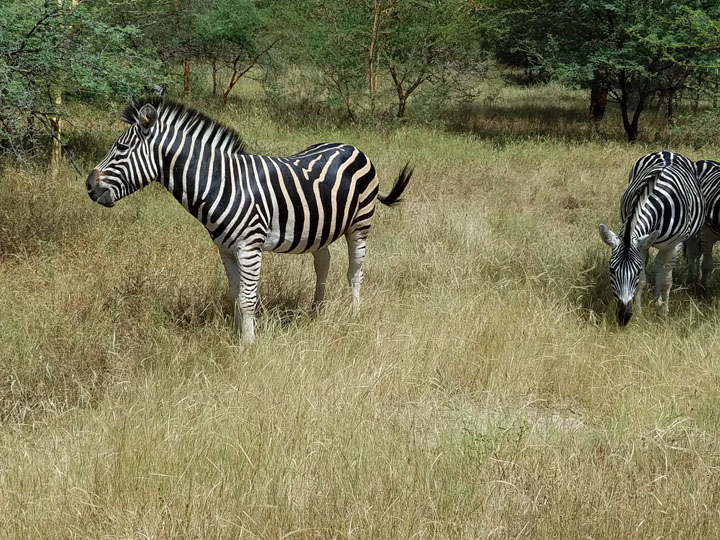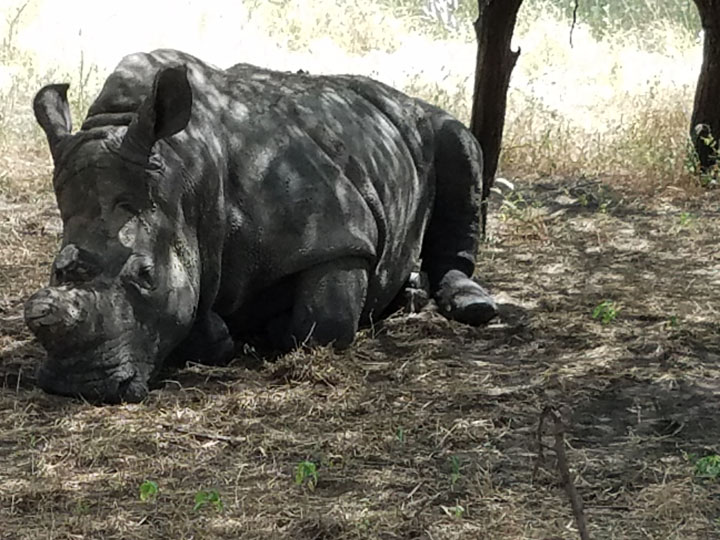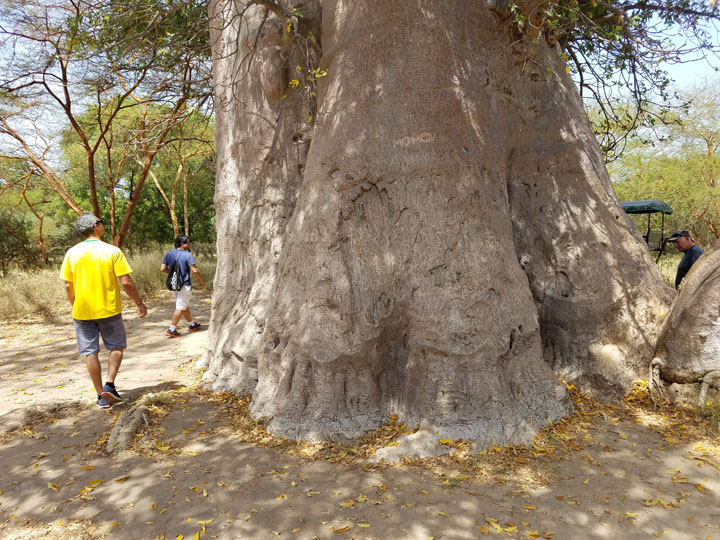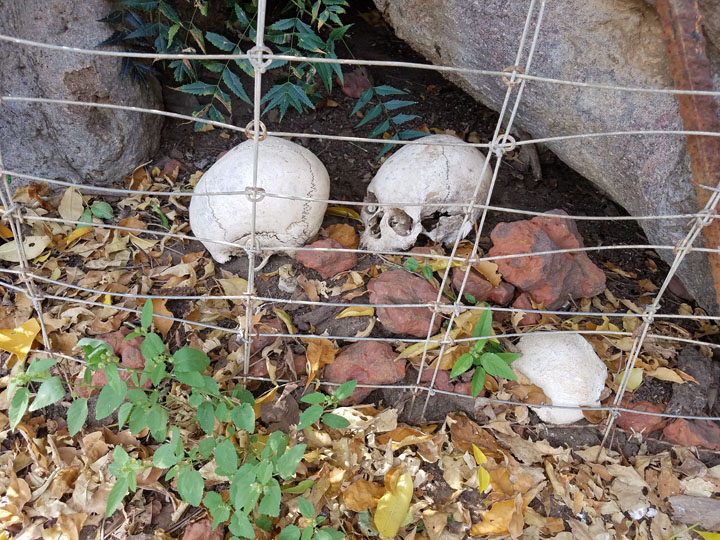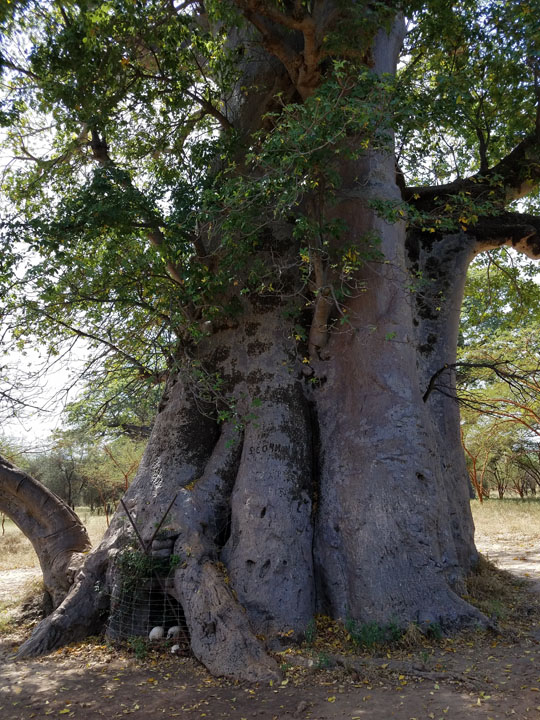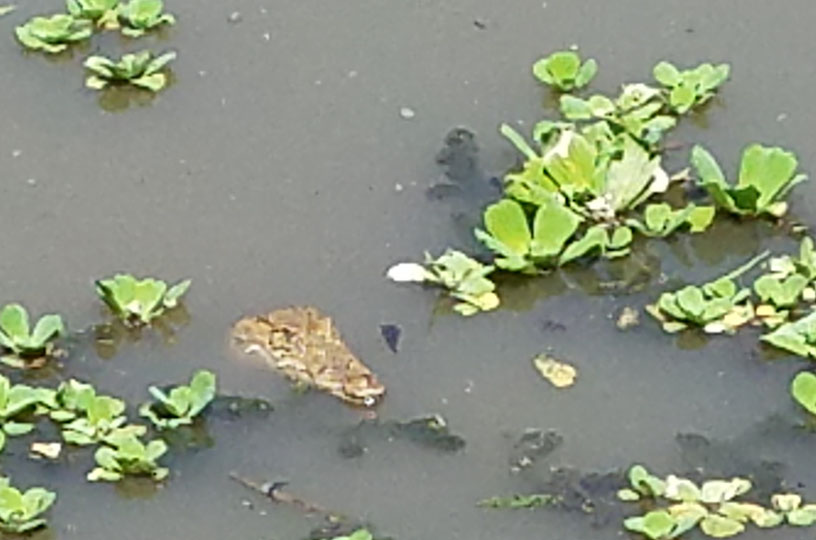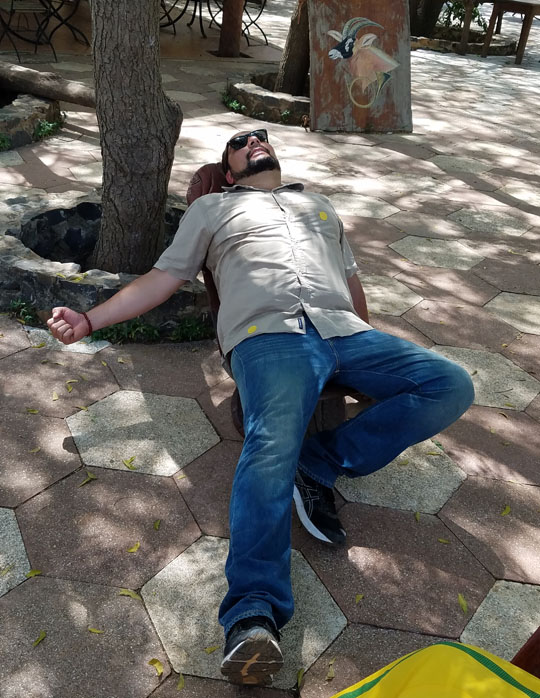When I originally decided to start this site, I visited some other travel blogs to see what they were like. I needed to create some kind of online journal as part of my job responsibility for the month I spent in Senegal with the IBM Corporate Service Corps. IBM lets participants decide what specific approach to take, so long as we create something. I chose to use this as a starting point for a more general travel blog that would talk about not only my month in Senegal, but also other places I visit.
Observations
I noticed that most of the blogs I looked at fell into one of these categories:
- “Here’s what I did on my vacation” stories accompanied by selfies and anecdotes.
- Showcase for hobbyist or professional photographers’ travel photos.
- Guidebook approach: suggesting things to do and providing a little background information about the place, along with logistical information such as address, how to get there, cost to get in, hours open, etc.
- Monetized blogs that promote mediocre products which will generate payouts to the blog owner via affiliate programs.
I gave some thought to where I wanted to fit in, and proceeded accordingly.
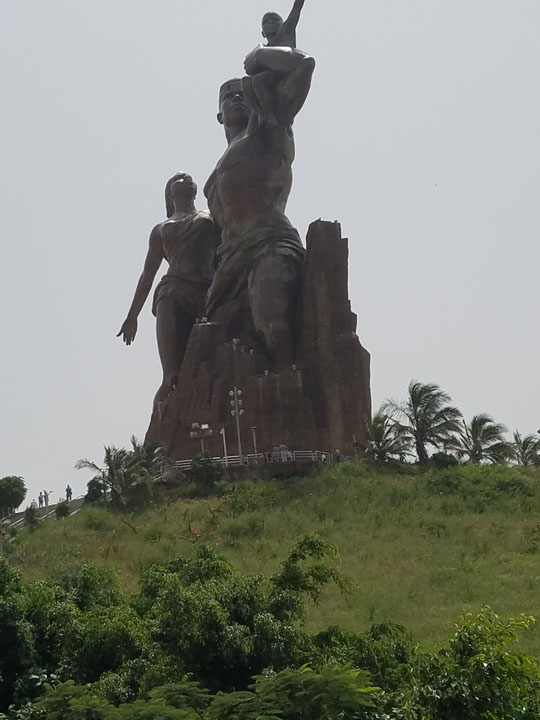
First Steps
I started by posting photos of things I had seen with some narrative about the content of the photos. It was a good place to start, but it felt a bit superficial to me. I wanted to offer more of a back story that would show why I thought the topic of the photo was interesting enough to write about.
I experimented with adding my personal impressions and experiences to tell a story, but didn’t want to go too far down the path of centering myself in a story about somebody else’s homeland. Also, I want to be respectful in how I talk about the people I meet and their culture, so I think carefully before writing about my personal reactions to things. I try to imagine how one of the people I’m writing about would feel if they were to read it. Something that looks like a funny story to me might look insulting to people whose homeland I’m writing about.
At this point in time, I have not monetized my blog and I don’t have any plans to. I suppose it could happen in the future, it’s just not where my priorities lie today. I do know this – if I do monetize the blog, I will include only affiliate links for products I have personally tried and liked.
My Current Thinking
Now that I have been doing this for 8 months, I’m feeling comfortable that I have found my voice as a travel blogger.
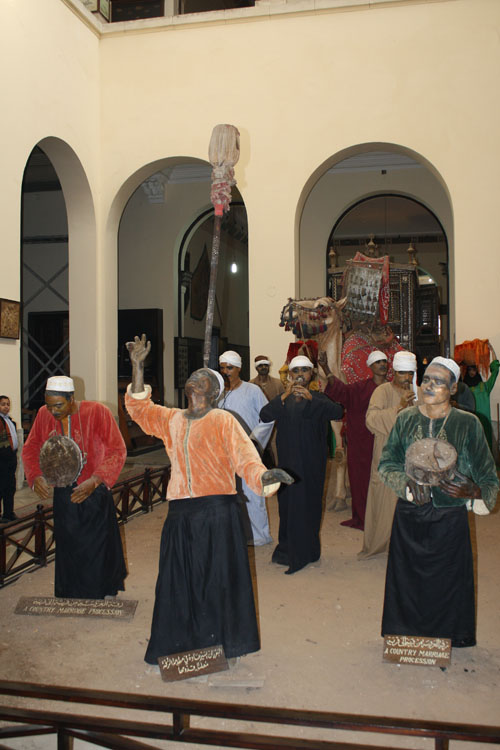
I like taking photos and sharing them, so I’ll keep doing that. I like exploring only one topic per blog entry, featuring multiple photos related to that topic. For example, I created a post about the Agricultural Museum in Cairo specifically centered around the diorama showing a rural wedding celebration. There are many other exhibits in the museum, but I wanted to keep that post focused on the topic of the wedding. I may decide to post other photos of other exhibits from that museum in the future.
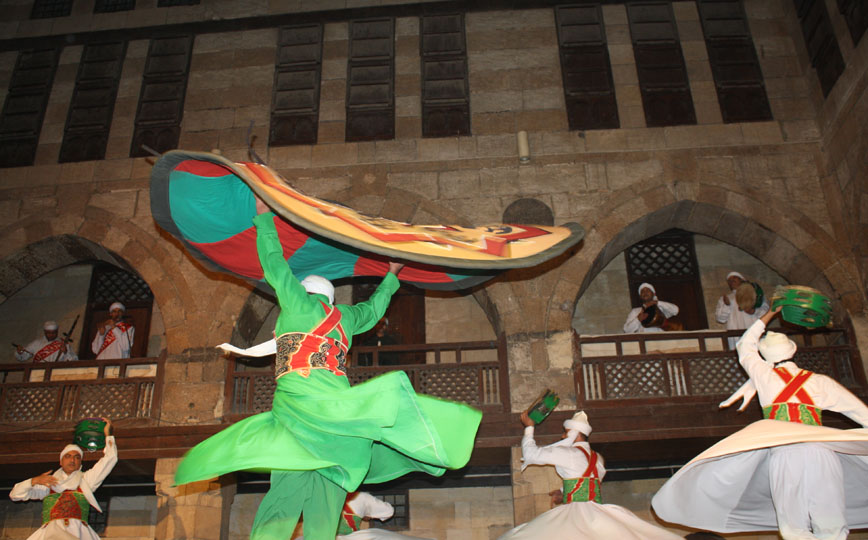
I have decided I want to try to include background about the subject of the photo that will go a little deeper than what a typical guidebook might tell you, especially with respect to history and culture. For example, when I posted my blog entry about the tannoura whirling shows in Cairo, I offered a bit of background about the history behind Sufi whirling and the form it takes in Egypt.
